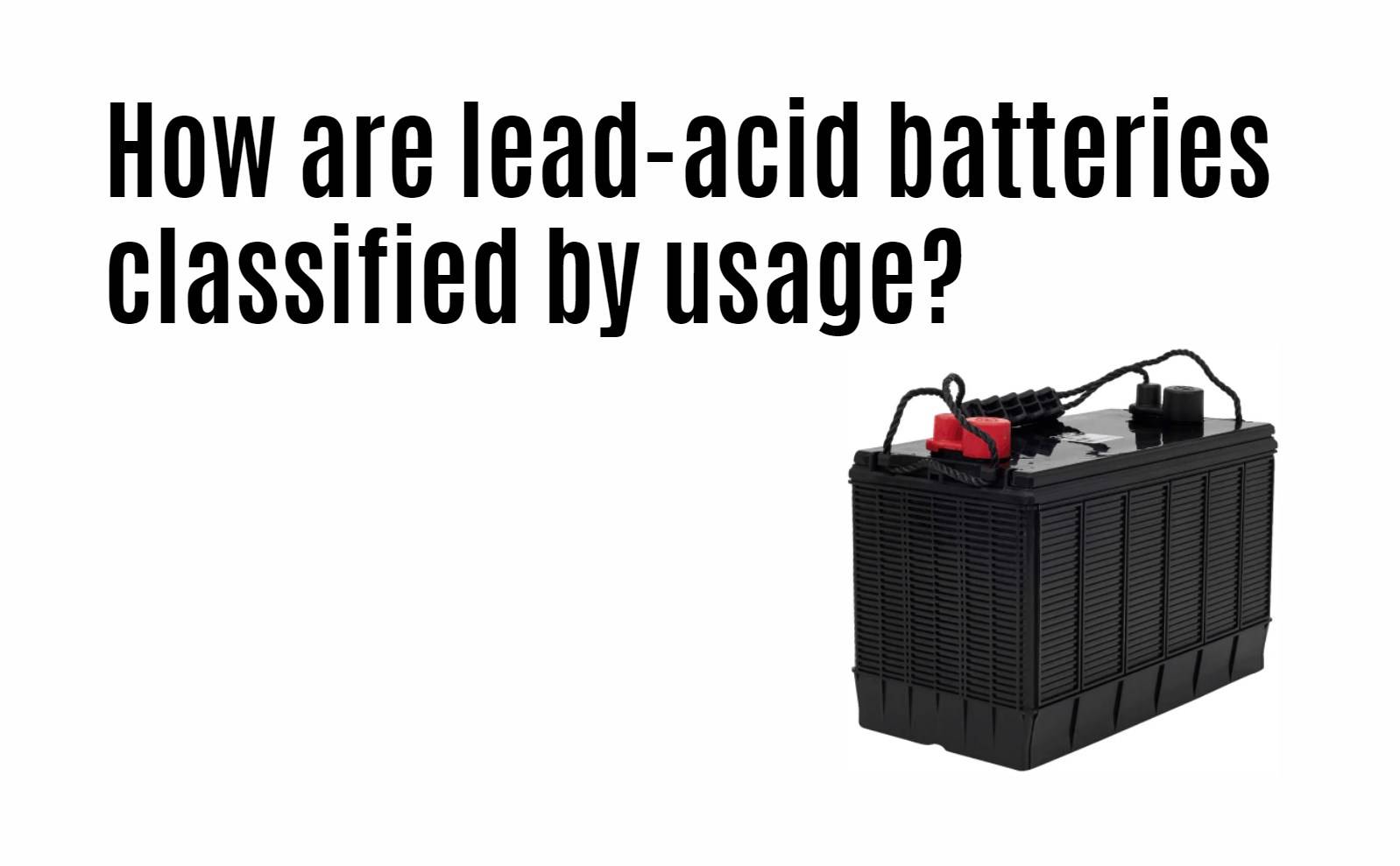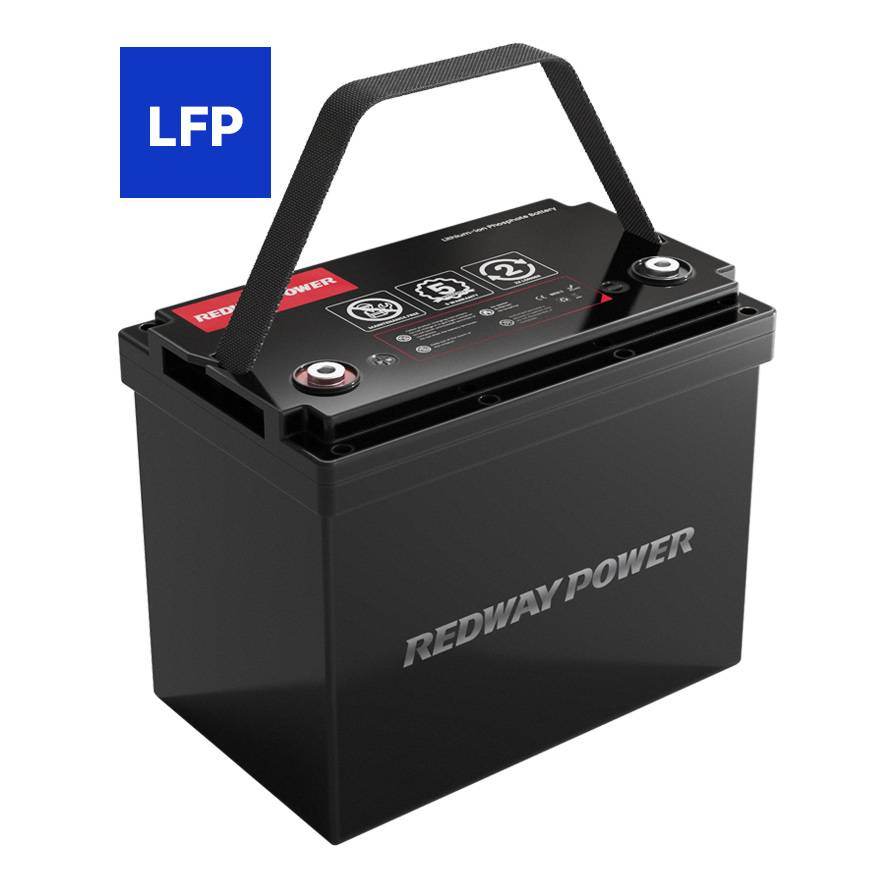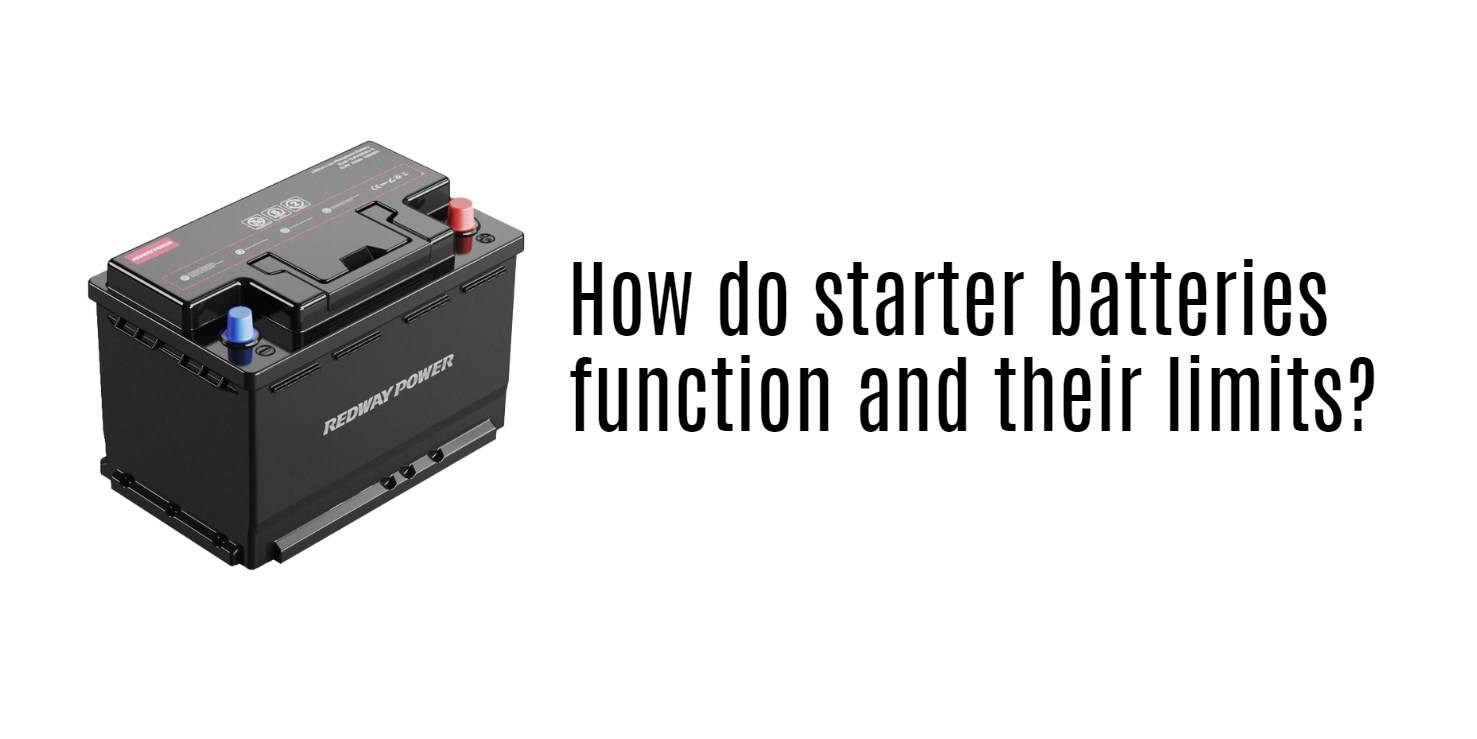
Blog
Understanding the Classification of Lead-Acid Batteries by Usage

Lead-acid batteries are classified by usage into two main types: flooded (wet) cells and sealed lead-acid (SLA) batteries, which encompass AGM and gel variants. Understanding these classifications is crucial for selecting the right battery for specific applications, whether for automotive use, renewable energy storage, or backup power systems.
Table of Contents
ToggleWhat Are the Different Types of Lead-Acid Batteries?
Lead-acid batteries are primarily categorized into:
- Flooded (Wet) Cells: Require maintenance, including electrolyte level checks; commonly used in automotive starting applications.
- Sealed Lead-Acid (SLA) Batteries: Include AGM and gel types that are maintenance-free and suitable for various applications where spillage is a concern.
What Are the Applications of Lead-Acid Batteries?
Lead-acid batteries find extensive use across multiple sectors:
- Automotive: Primarily used as starting batteries (SLI).
- Backup Power: Essential in uninterruptible power supplies (UPS) for critical systems.
- Renewable Energy: Used for energy storage in solar power systems.
- Industrial Applications: Powering forklifts and other heavy machinery.
How Do Lead-Acid Batteries Function?
Lead-acid batteries operate through electrochemical reactions:
- The battery consists of lead dioxide (positive plate), sponge lead (negative plate), and sulfuric acid (electrolyte).
- During discharge, chemical reactions convert chemical energy into electrical energy, powering connected devices.
What Are the Advantages of Lead-Acid Batteries?
Advantages include:
- Cost-Effectiveness: Generally cheaper than other battery technologies.
- High Surge Current: Capable of delivering high currents necessary for starting engines.
- Reliability: Well-established technology with a proven track record across various applications.
What Are the Disadvantages of Lead-Acid Batteries?
Disadvantages include:
- Shorter Cycle Life: Typically fewer charge-discharge cycles compared to newer technologies like lithium-ion.
- Lower Energy Density: Heavier than newer alternatives with less energy stored per unit weight.
- Maintenance Needs: Flooded batteries require regular maintenance to ensure optimal performance.
How Do Temperature Conditions Affect Lead-Acid Battery Performance?
Temperature significantly influences performance:
Want OEM lithium forklift batteries at wholesale prices? Check here.
- Cold temperatures can reduce capacity by slowing down chemical reactions.
- High temperatures can increase self-discharge rates and accelerate degradation processes within the battery.
What Maintenance Is Required for Lead-Acid Batteries?
Regular maintenance practices include:
- Checking electrolyte levels in flooded batteries and topping off with distilled water as needed.
- Cleaning terminals to prevent corrosion that can impede performance.
- Ensuring proper charging practices to prolong battery life.
What Innovations Are Emerging in Lead-Acid Battery Technology?
Emerging innovations focus on:
- Improving materials used to enhance efficiency and lifespan.
- Developing better recycling processes to minimize environmental impact.
- Enhancing battery management systems that optimize charging cycles based on real-time conditions.
What Are Common Misconceptions About Lead-Acid Batteries?
Common misconceptions include:
- Assuming all lead-acid batteries perform equally; different designs serve different purposes.
- Believing that maintenance-free options do not require any monitoring; while SLA batteries need less maintenance, they still require periodic checks.
How Do Different Battery Types Compare in Performance?
Different battery types exhibit varying characteristics:
- Lithium-ion batteries offer higher energy density but at a higher cost compared to lead-acid options.
- Nickel-metal hydride (NiMH) provides good performance but is generally more expensive than lead-acid options.
What Should You Consider When Choosing a Battery Type?
Considerations when selecting a battery type include:
- The specific application requirements such as power needs and expected usage patterns.
- Budget constraints for initial purchase versus long-term operational costs.
- Environmental factors that may influence battery performance over time.
Expert Views
“Lead-acid batteries remain a cornerstone technology despite newer alternatives,” states an industry expert specializing in energy storage solutions. “Understanding their classifications helps users make informed choices tailored to their specific needs.”
FAQ Section
- What types of applications use lead-acid batteries?
- They are used in automotive starting systems, backup power supplies, renewable energy storage, and industrial applications among others.
- How long do lead-acid batteries typically last?
- With proper care, they can last anywhere from 3 to 5 years depending on usage patterns and maintenance practices.
- Are there any safety concerns with lead-acid batteries?
- Yes, improper handling or overcharging can lead to leaks or explosions; following manufacturer guidelines is essential for safety.
Can a starter battery substitute for a deep-cycle?
-
Starter Batteries:
Starter batteries are specifically designed to deliver short bursts of high current to start engines. They are optimized for quick bursts of power and are not intended for deep discharges or prolonged use. Starter batteries have thinner plates and more surface area, which allows them to provide the necessary power for engine cranking. -
Deep-Cycle Batteries:
Deep-cycle batteries, on the other hand, are built to provide sustained power over longer periods. They have thicker plates and are designed to handle deep discharges and repeated cycles of charge and discharge. Deep-cycle batteries can withstand the rigors of continuous use and are commonly used in applications that require sustained power, such as golf carts, RVs, and renewable energy systems. -
Substituting a Starter Battery for a Deep-Cycle Battery:
While a starter battery can technically be used as a substitute for a deep-cycle battery, it is not recommended. Using a starter battery in a deep-cycle application may lead to reduced performance, shorter lifespan, and potential damage to the battery. Starter batteries are not designed to handle the deep discharges and prolonged use that deep-cycle batteries are built for.
What are deep-cycle vs. starter battery characteristics?
-
Deep-Cycle Batteries:
Deep-cycle batteries are designed to provide sustained power over longer periods. They have thicker plates, which allow them to withstand deep discharges and repeated charge and discharge cycles. These batteries are commonly used in applications that require continuous power, such as electric vehicles, renewable energy systems, and marine applications. -
Starter Batteries:
Starter batteries, also known as cranking batteries, are specifically designed to deliver short bursts of high current to start engines. They have thinner plates optimized for quick bursts of power during engine cranking. Starter batteries are commonly used in vehicles, motorcycles, and other applications where high starting power is required.
How do starter batteries function and their limits?
-
Function of Starter Batteries:
Starter batteries function by delivering a high burst of power to start engines. With their thinner plates, starter batteries allow for quick energy release during engine cranking. This quick burst of power is essential to initiate the engine’s combustion process and get it running. -
Limits of Starter Batteries:
Despite their ability to deliver high bursts of power, starter batteries have limitations when it comes to deep discharges and prolonged use. They are not designed for continuous power demands or frequent deep cycling. Using a starter battery for applications that require sustained power can lead to reduced performance, decreased battery life, and potential damage to the battery. It is important to consider these limits and choose the appropriate battery type for specific power requirements.
What are the differences between starter and deep-cycle?
-
Starter Batteries:
Starter batteries are specifically designed to deliver short bursts of high current for engine starting. They have thinner plates that enable quick energy release during engine cranking. These batteries are optimized to provide the necessary power for starting engines, but they have limited capacity for deep discharges and prolonged use. Starter batteries are commonly used in vehicles, motorcycles, and other applications where high starting power is required. -
Deep-Cycle Batteries:
Deep-cycle batteries, on the other hand, are designed for sustained power over longer periods. They have thicker plates that can handle deep discharges and repeated charge and discharge cycles. These batteries are commonly used in applications that require continuous power, such as electric vehicles, renewable energy systems, and marine applications. Deep-cycle batteries provide reliable and consistent power output, making them suitable for extended use.




